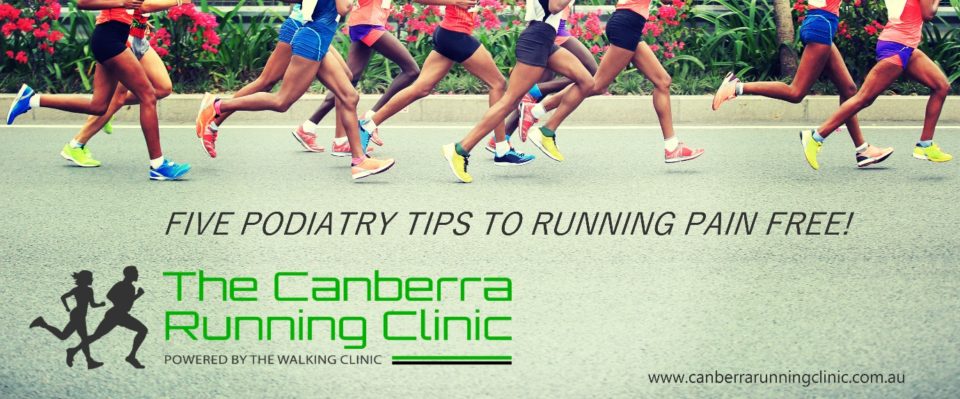WARM UP/DOWN – STRETCH
A proper warm up prior to running is vital to prevent injury, reduce pain and aid performance. While stretching can reduce muscle soreness and aid athletic performance, there are a few keys to an adequate pre-run stretch. Make sure to stretch gradually, if stretched too quickly the muscle may contract and increase tension. Therefore, stretch slowly and hold the stretch for 30-40 seconds and avoid stretching beyond the point where tightness if felt. Do not push beyond muscle resistance and to the point of pain or discomfort. While stretching of the lower limb is vital, remember the upper body, including the back and arms as they play a huge role in your gait/running performance. By building stretching into your normal routine before and after running you’ll see less injuries and improvement in your running performance.
BUILD LOAD/INCREAMENTS (The 10% Rule).
The greatest risk of injury is to commence running at loads the body is unable to deal with. You should start on a low training load and by building your base gradually you will minimize the risk of injury. This can be achieved by controlling distance, duration and speed. Failing to adequately allow for the body to adjust to load is sure to cause tendinopathies and delayed onset muscle soreness. An effective program should aim to progress gradually by approximately 10% (no more) per training block, however tailoring to individual requirements may be necessary.
CORRECT FOOTWEAR
Wearing adequate footwear is one of the most important considerations when commencing running. Considering surfaces, inclination, duration, speed and biomechanics is essential. Wearing adequate footwear will greatly reduce your risk of injury, pain and will support your feet during the high impact of running. Depending on the type of running, surface and foot type can all help determine the correct footwear for you. Speaking with a professional and having footwear properly fitted is essential to making sure shoes are aiding you to improve your performance.
SPECIFICITY
The most effective training mimics the event for which you’re training. This is the cardinal rule of training for any activity. If you want to run a distance event at a high pace, you need to do some running at that pace. “Runners are best served by running at goal pace and in the expected environment of that race,” says Ann Snyder, Ph.D., director of the human performance lab at the University of Wisconsin-Milwaukee. The exception to this is it is impractical to wholly mimic a race—particularly longer distances—in training because it would require extended recovery. So, when doing race-specific training, keep the total distance covered shorter than the goal race, or run at your race pace in shorter segments with rest breaks. Again, building up to this requires load increments and building your program over time.
ASSESSMENT
Without a proper assessment, understanding where to start is fraught with danger. Assessment of running gait, muscle strength/weakness and injury prevention is essential for beginners and advanced runners alike. Having an adequate understanding of weaknesses and strengths in one’s running style can provide a template to develop a program to improve results and limit risk of injury. The Canberra Running Clinic, Powered by The Walking Clinic, offers a comprehensive running, gait, biomechanical and strength assessment to give you the best chance to improve performance and prevent injury.
For more information or to book an appointment with one of our podiatrist go to https://canberrarunningclinic.com.au/bookings/ or call 6249-1758.
One final tip, don’t just run!! Runners who only run are prone to injury. Including cross training and weight training to improve deficiencies and strengths can effectively prevent injury and improve performance. Lower impact training such as Pilates, swimming and riding can build supporting muscles whilst reducing load at primary muscles.

